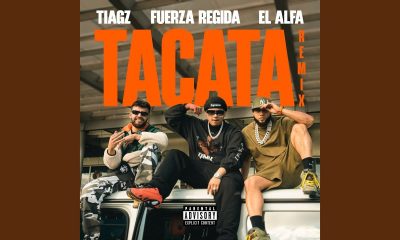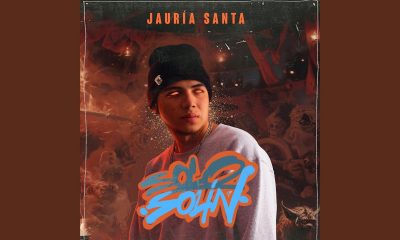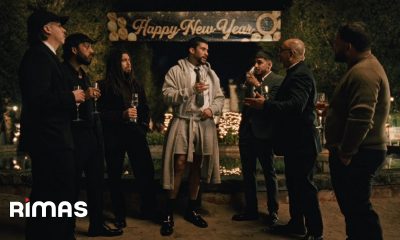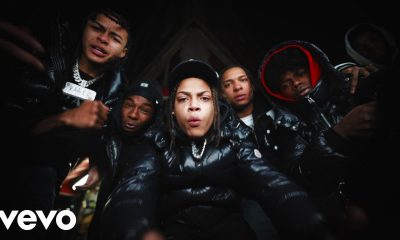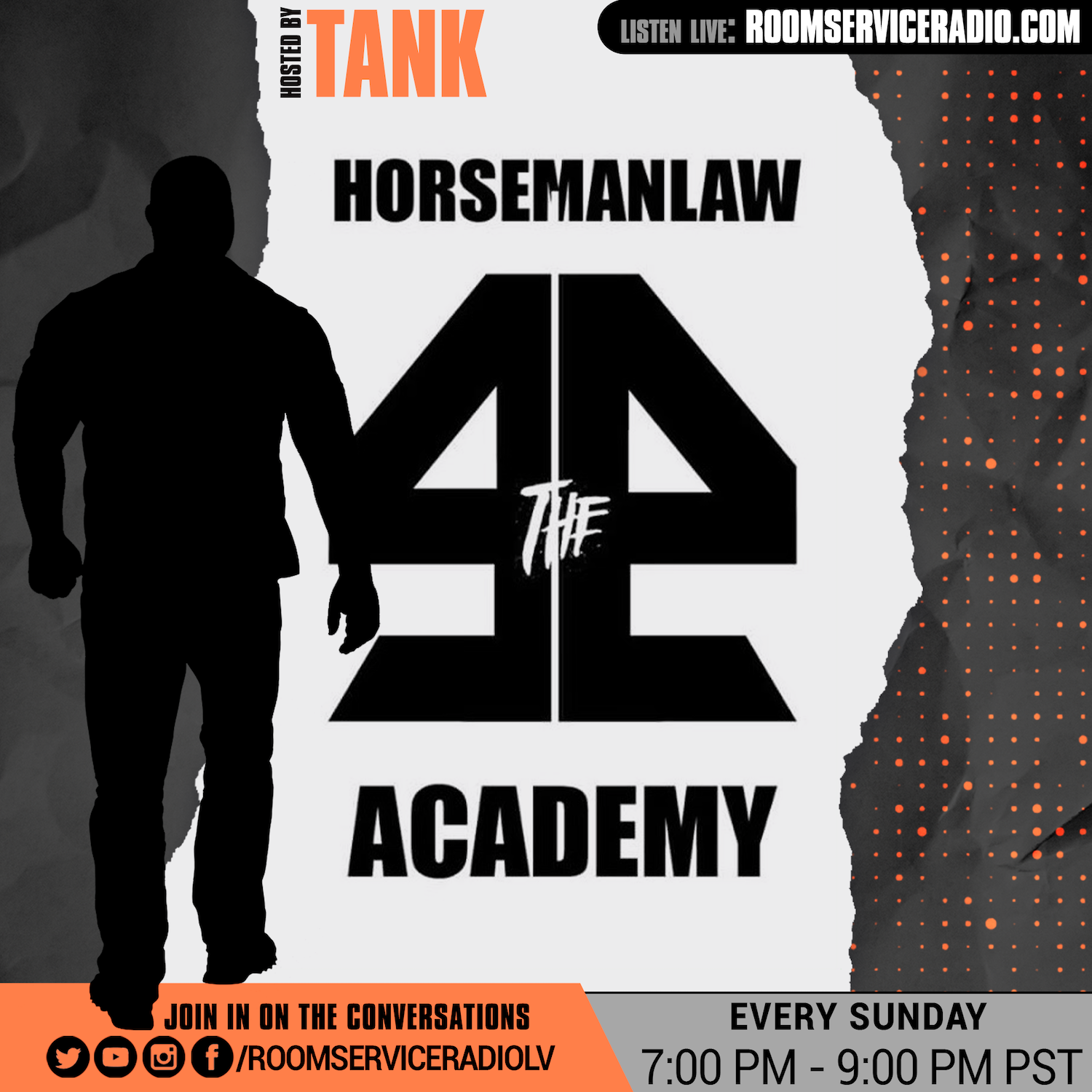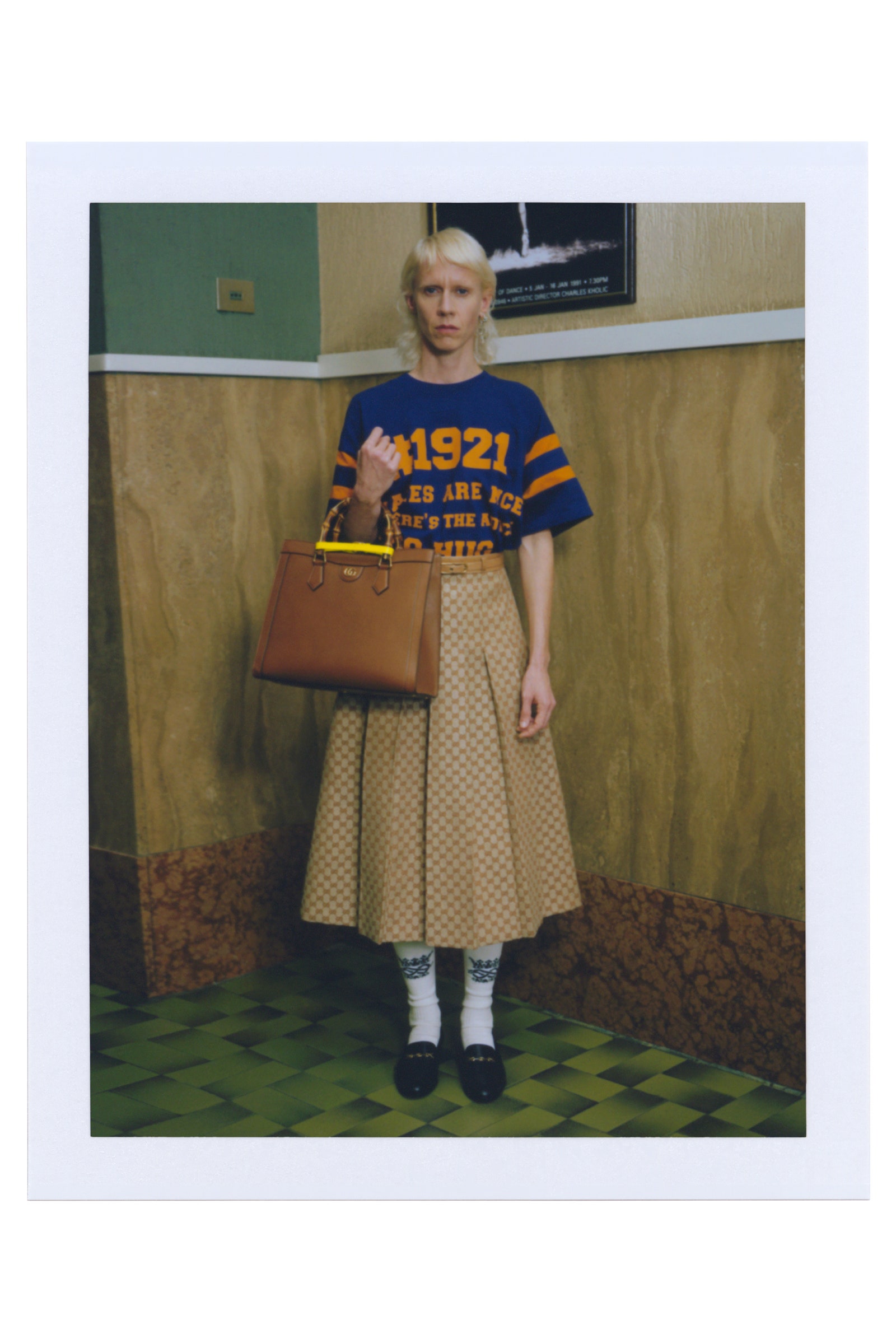
You Don’t Have to Be Harry Styles to Look Great in a Gucci Dress
I like to play a little parlor game to measure a fashion designer’s influence: when you say a brand name, what does a self-proclaimed fashion agnostic see in their mind’s eye? For example: once, in a midtown office elevator, I overheard a totally un-fashion person joke that their compression boot looked like it was designed by Balenciaga. My least streetwear friends know that quote marks belong to Virgil Abloh. And Alessandro Michele has so successfully disseminated his work at Gucci through his madcap gang of musicians, actors, academics, playwrights, and activists that when you say “Gucci,” any vaguely clued-in person will conjure that vintage store-hunter, big-glasses, magpie look.
Or, as of last week, a man in a dress. The fashion rule of thumb goes that as soon as you can identify a look, it’s passé. But the kerfuffle over Harry Styles wearing a Gucci dress on the cover of Vogue—with right-wing commentators suggesting he was threatening masculinity—suggested that Michele’s gender fluid revolution is as relevant, even urgent, as ever. It’s possible the Gucci revolution is actually just beginning.
Michele does nothing in the orthodox way. Increasingly, that’s his calling card, even as his clothing seems to maintain a stunning consistency—that everyone-knows-it’s-Gucci quality. That extends to his recent decision to abandon the usual fashion show model and replace it, rather ingeniously, with GucciFest, a seven-day digital film festival, co-directed by Michele and Gus Van Sant, that rolled out over the last week, with short films by emerging designers peppered in between. For my money, something like GucciFest is the most exciting way forward for a big fashion house: create narrative content in which the clothing helps tell the story. (The Crown has shown us just how successful that can be!) This is true even if the films themselves fell a little flat. Michele’s silhouettes and genius knack for casting would have been better matched by writing that’s freer, looser, and just plain weirder, though pretension is an admirable Gucci trait.
More interesting, I think, is how Gucci’s clothing has evolved, even though the vibe seemingly hasn’t. The clothes featured in GucciFest made up the most minimalist collection that the designer has done since his debut, way back in 2015. It can be easy to forget, living as we now do in the bewildering great soup of time, that Alessandro Michele arrived at Gucci almost six years ago. He has been the creative director at Gucci since before Donald Trump became president; he has outlasted Clare Waight Keller at Givenchy and Raf Simons at Calvin Klein. In the time that Michele has revolutionized menswear and kickstarted the lust for archival fashion, Hedi Slimane has retired from fashion and become a photographer and had a comeback; Virgil Abloh has gone from the cult guy screenprinting on old Rugby pieces to a creative director at Louis Vuitton. Demna Gvasalia redefined luxury at Vetements and then at Balenciaga; Supreme, which was just becoming “mainstream” when Michele took the reins, has now been sold to a conglomerate for two billion dollars. The whole time, Michele has been presenting consistent offerings of his joyful, inclusive vision, giving a sense of permanence to an aesthetic that seemed, back in 2015, so (wonderfully) trendy.
Article written by Rachel Tashjian #GQ


